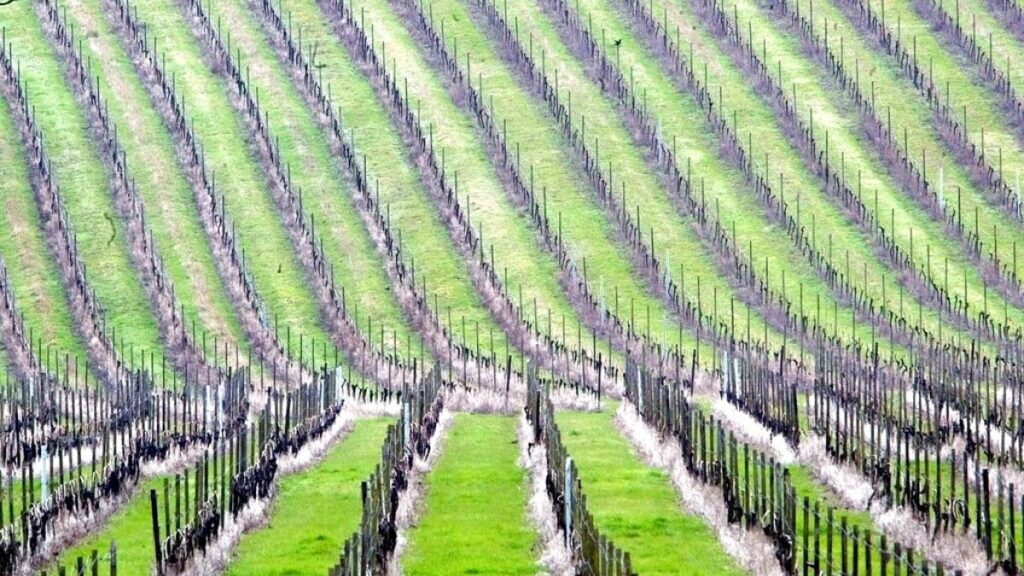Climate change could see the UK take over France's key wine-growing regions of Champagne and Burgundy, a new study suggests.
The UK could displace Champagne and Burgundy, France's biggest wine producers, due to the effects of climate change, a new study has found.
A study into the climate resilience of the UK wine sector has found that rising temperatures in the coming years could make Britain a major player in the production of high-quality wine.
Looking at climate projections, the researchers said temperatures in the UK's wine-growing regions could rise by 1.4 degrees Celsius by 2040 – on top of the one degree rise since the 1980s.
They said this meant the amount of sugar in UK grapes would be more consistent with better quality wine and higher alcohol content.
Lead researcher Professor Stephen Dorling said: “Production here in the UK has been able to produce sparkling wines that are very similar to those produced in Champagne.”
“The climate has increasingly helped keep up with French production,” he added.
The best areas for growing Pinot Noir and Chardonnay grapes – two of the staples of Champagne – will move north, away from France, the researchers noted.
They added that producing high-quality red wine could become possible thanks to environmental expectations, describing this as the “holy grail”.
“In this country, we have not been famous for producing still red wines, but climate change provides an opportunity for this,” writes Professor Doering.
Previous studies have warned that climate change will create “unspecified risks” for UK wine producers.
“Climate change is likely to cause more extremes and thus further threaten the stability of production,” they wrote in 2016.
Professor Dorling has called on UK winemakers to plant more grapes to take advantage of the rising temperatures expected over the next two decades.
“When we plant a grapevine, its lifespan is 20 to 30 years, so we need to make the right decision about what we are going to plant because it will be with us for a while,” he said.
According to the UK Wine Sector Climate Resilience Study, in 2021, vineyards covered around 3,800 hectares of land in the UK.
This represents an increase of about 400% compared to 2004 levels – the year sparkling wine began to dominate production.
2018 was a landmark year for UK wine production, with an unusually long, hot summer resulting in the production of more than 15.6 million bottles for the first time in British history.
Hotter summers and fewer diseases affecting the vines meant more crops and therefore more wine.
The study predicts that between 2021 and 2040, the UK wine industry will produce crops equivalent to those produced in 2018 in 60-75 per cent of seasons, making the final product more consistent.
The UK has much less land under vineyards than the major wine-producing countries, meaning the industry tends to pursue quality over quantity.
British vineyards are unlikely to be able to produce bottles priced at less than £10 (about $12) to put on supermarket shelves, the Associated Press reported.
Euronews previously reported that Brexit and the Covid-19 pandemic are creating challenges for the UK sparkling wine industry, such as labour shortages, lost shipments and bureaucratic headaches.


